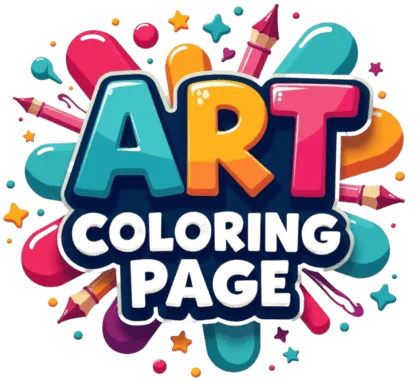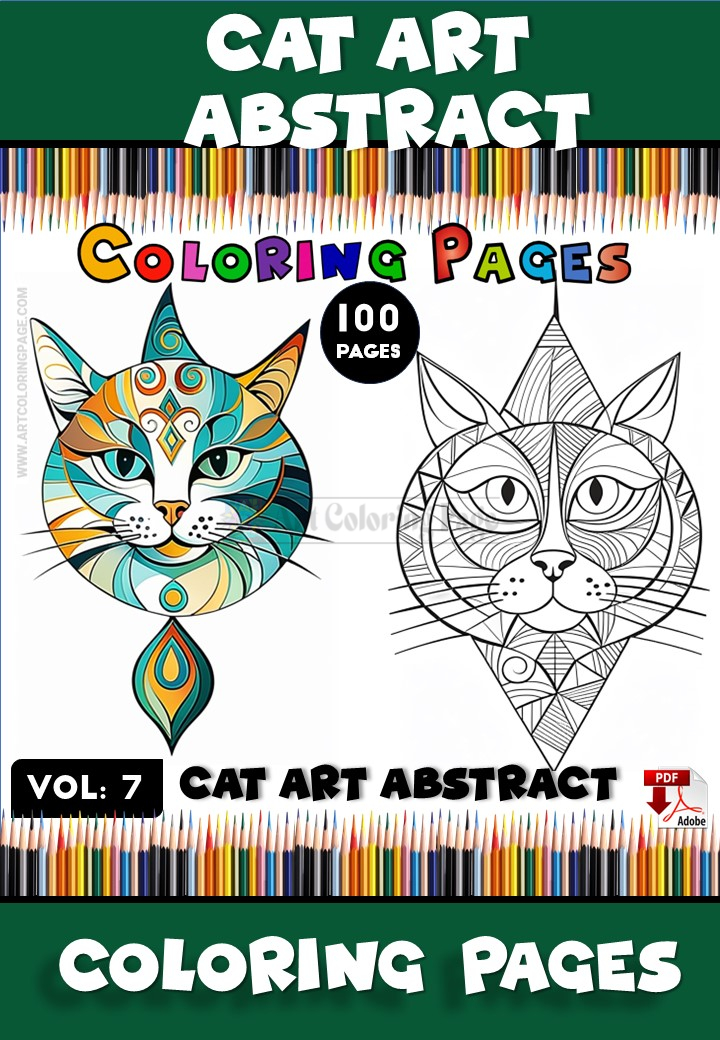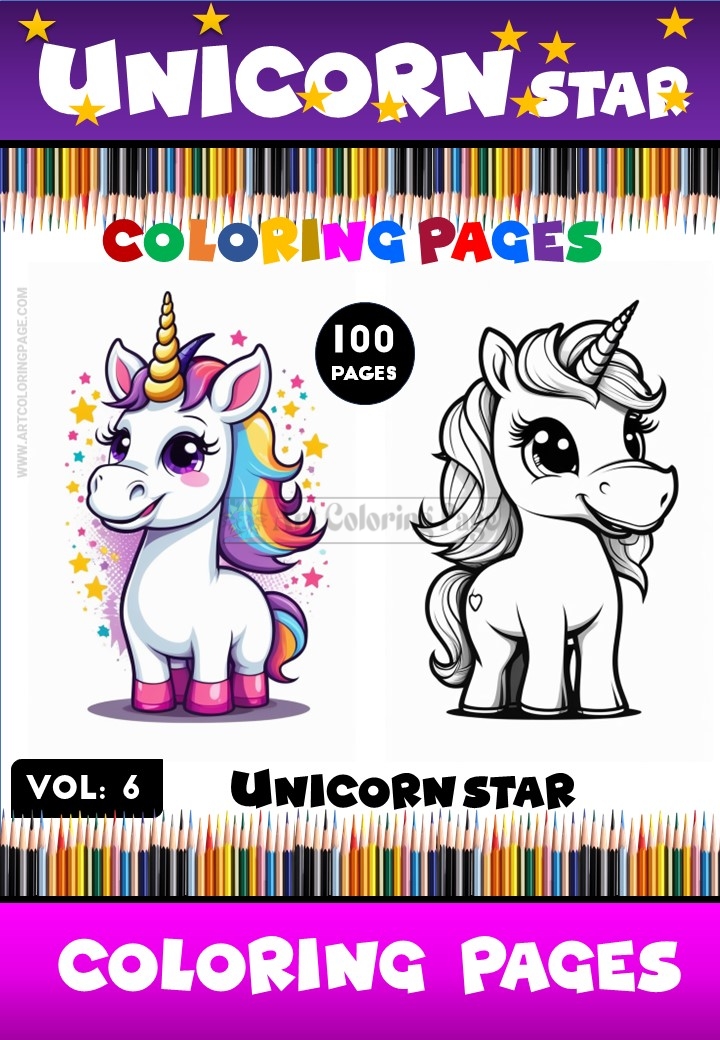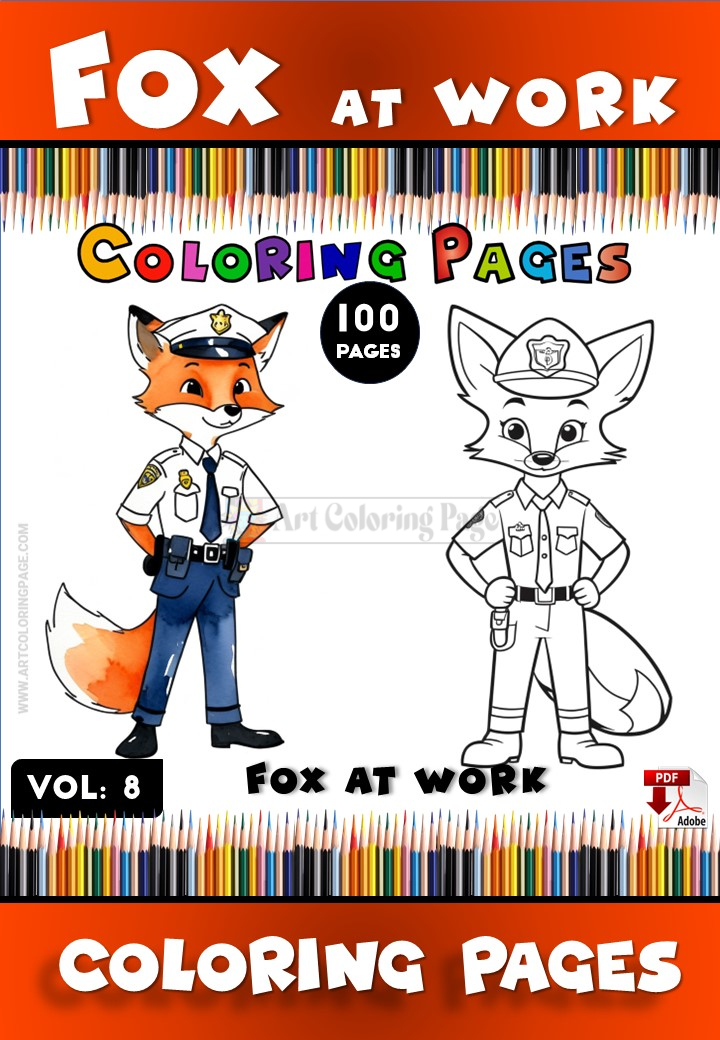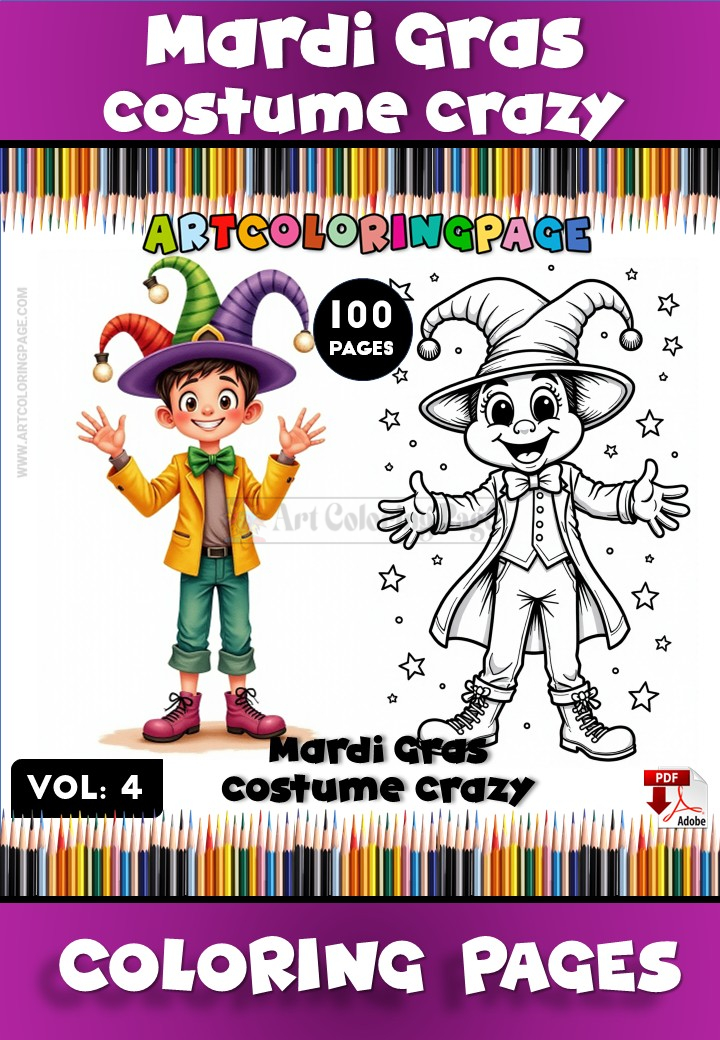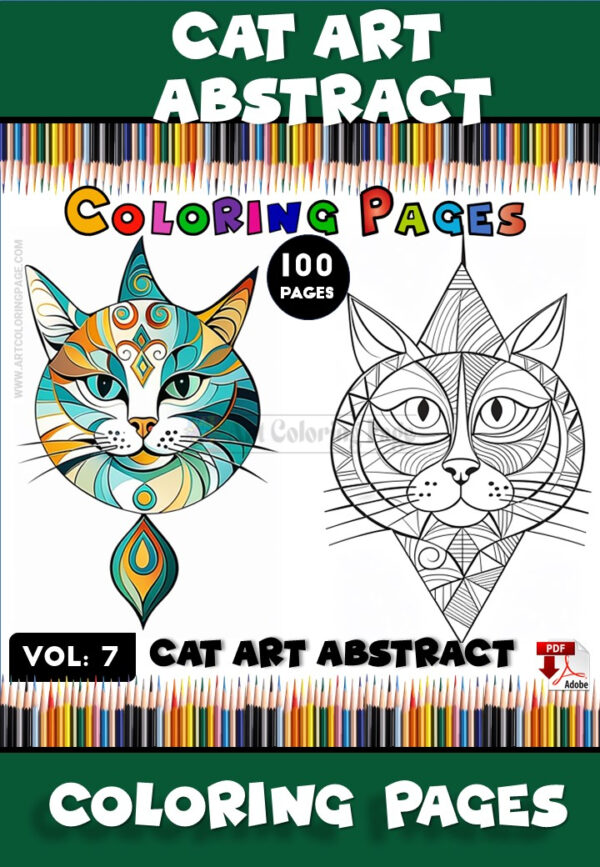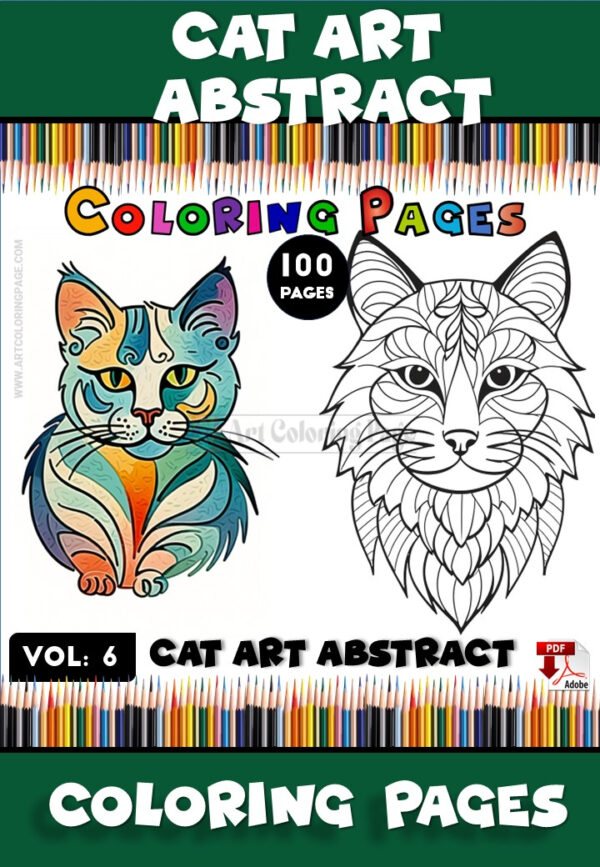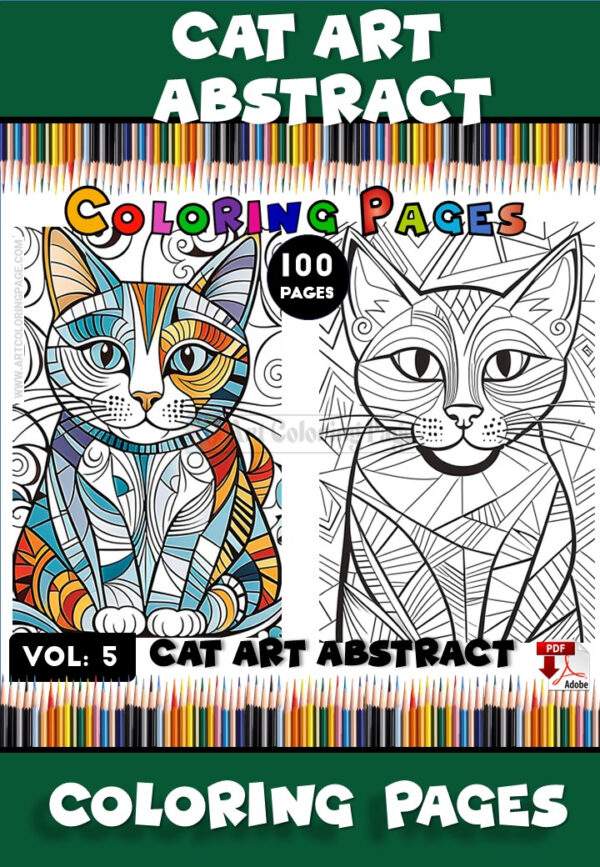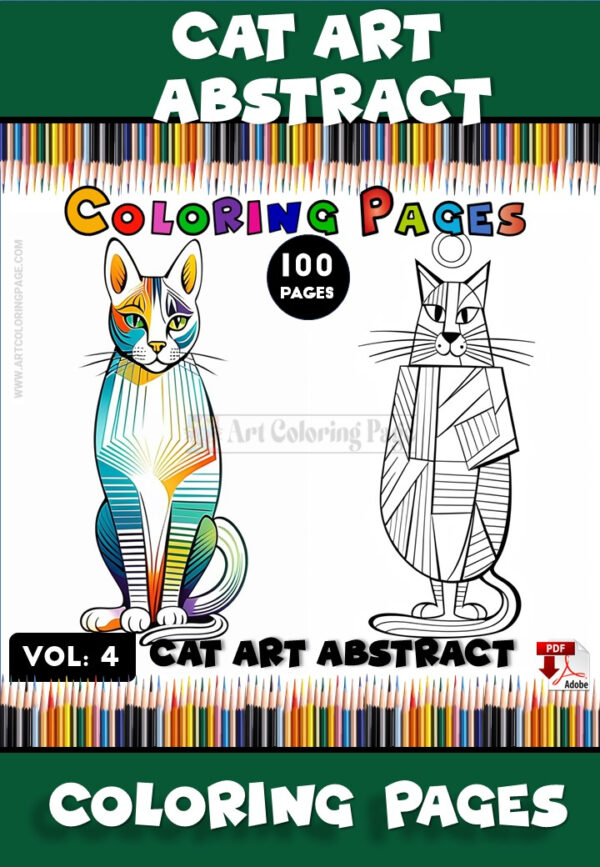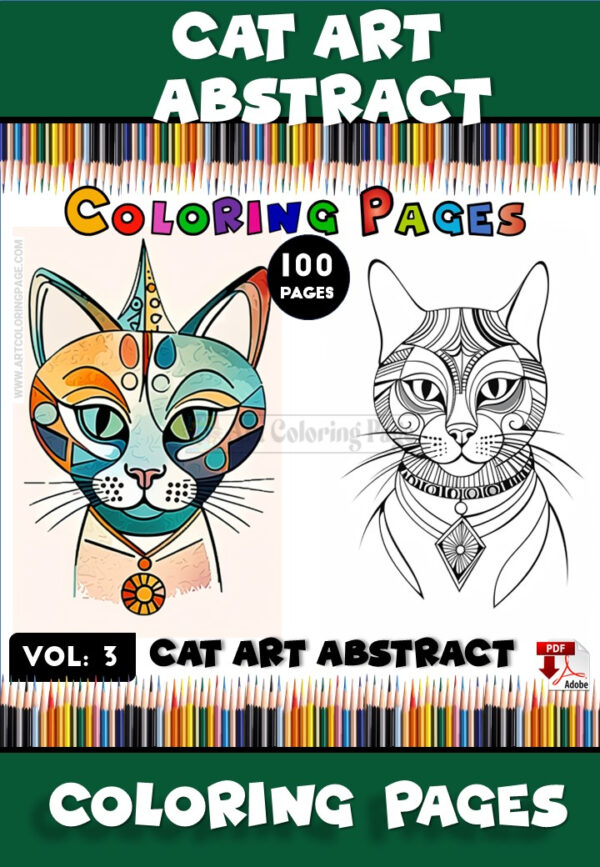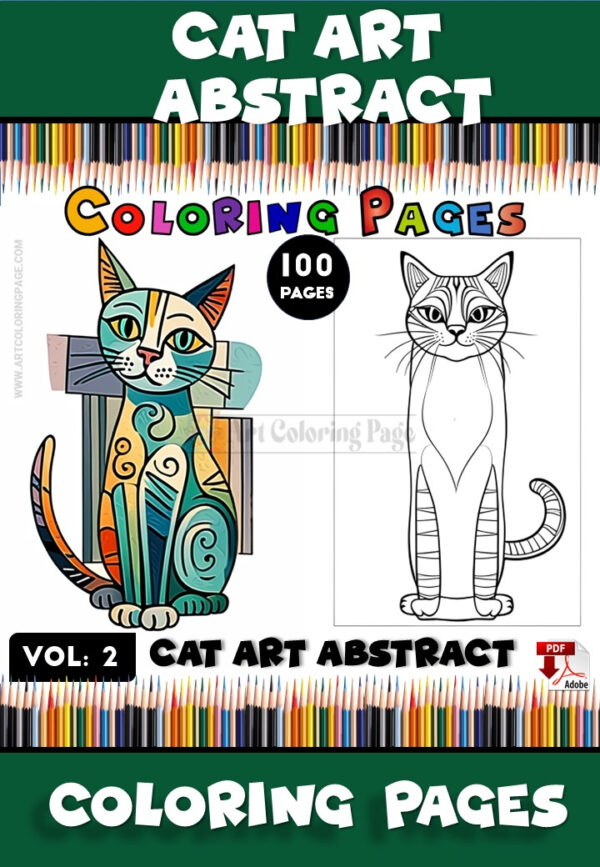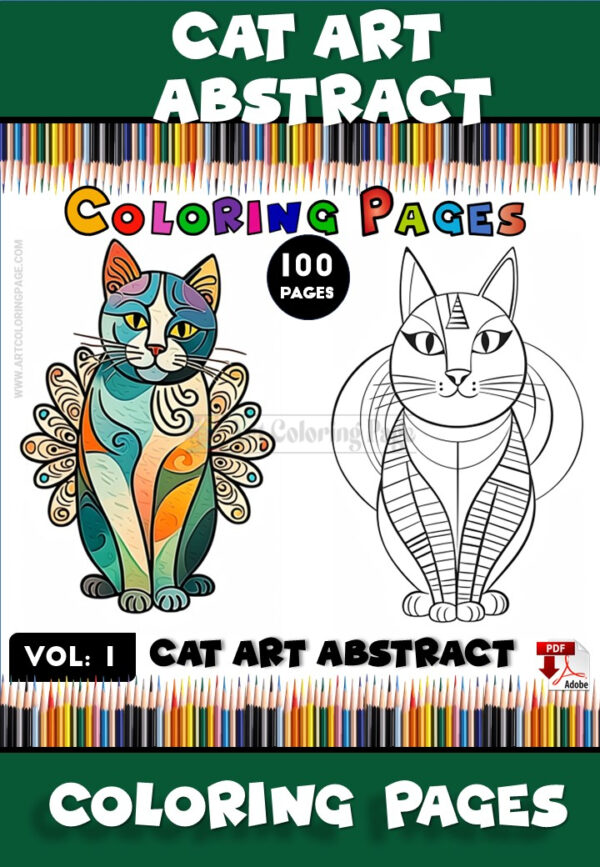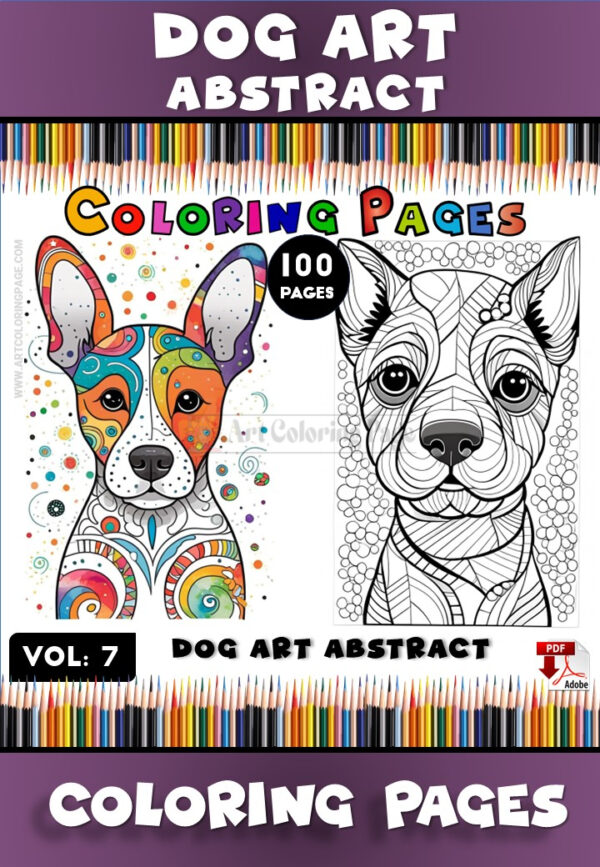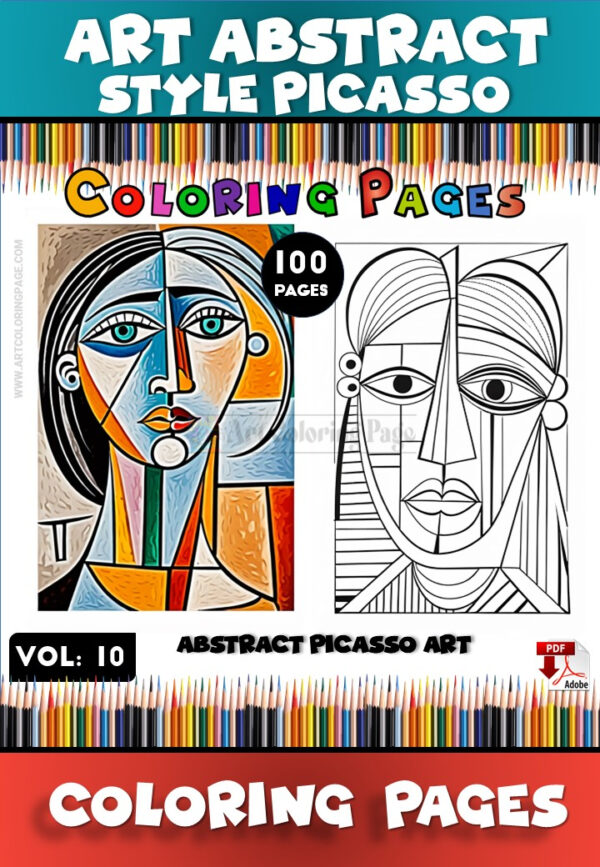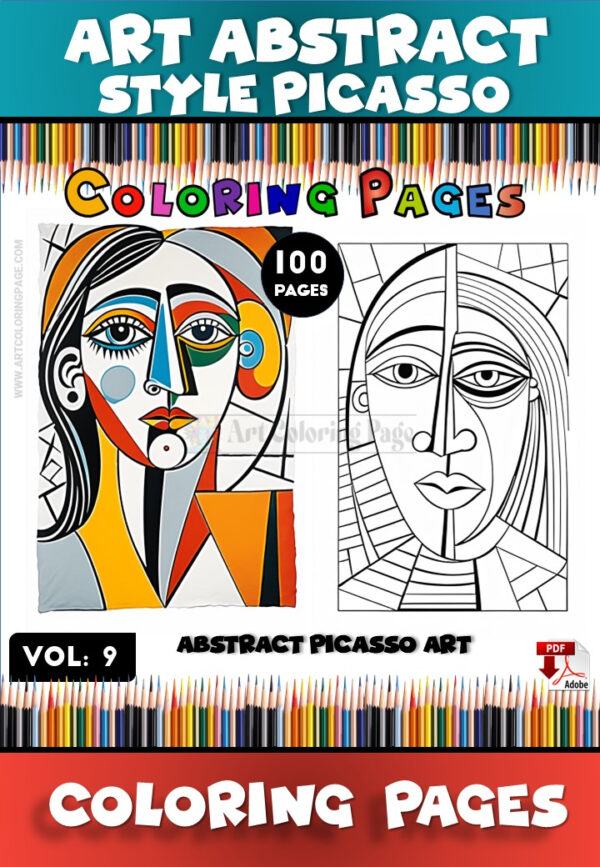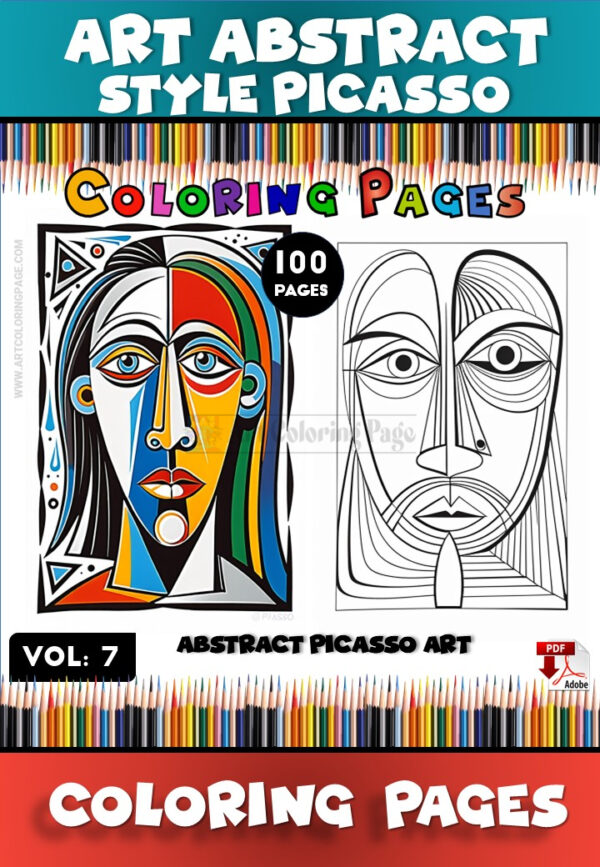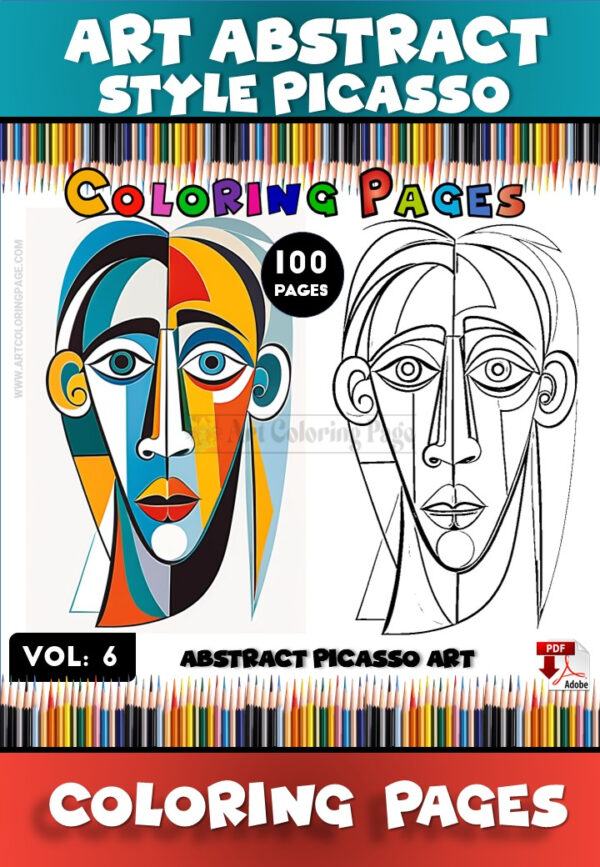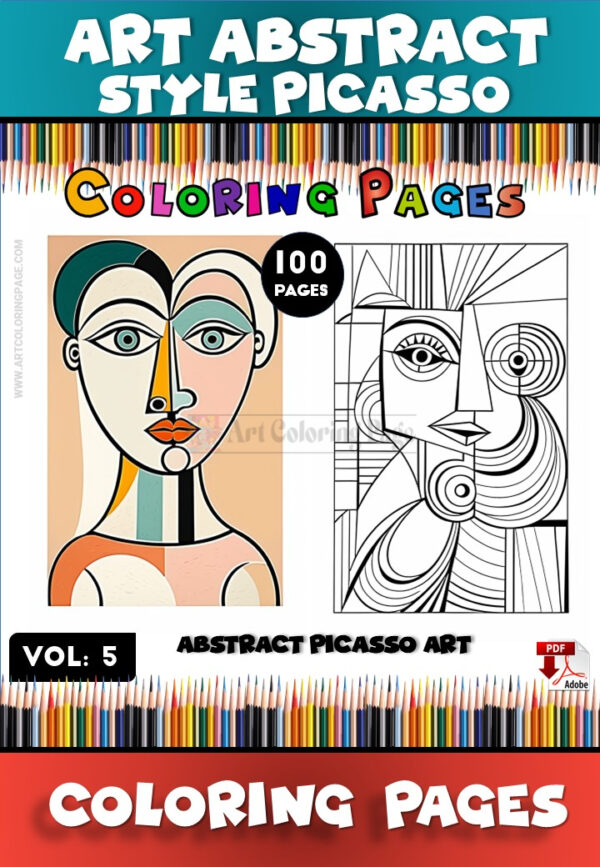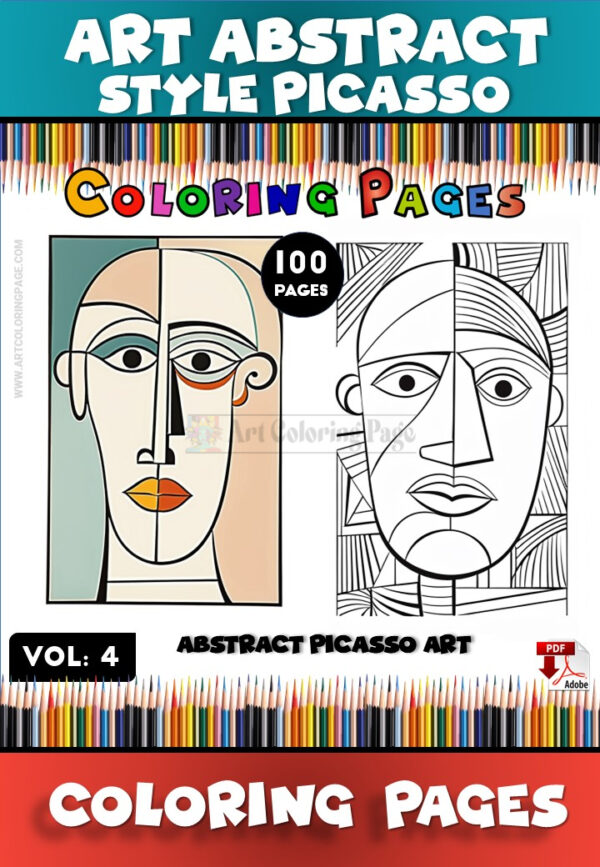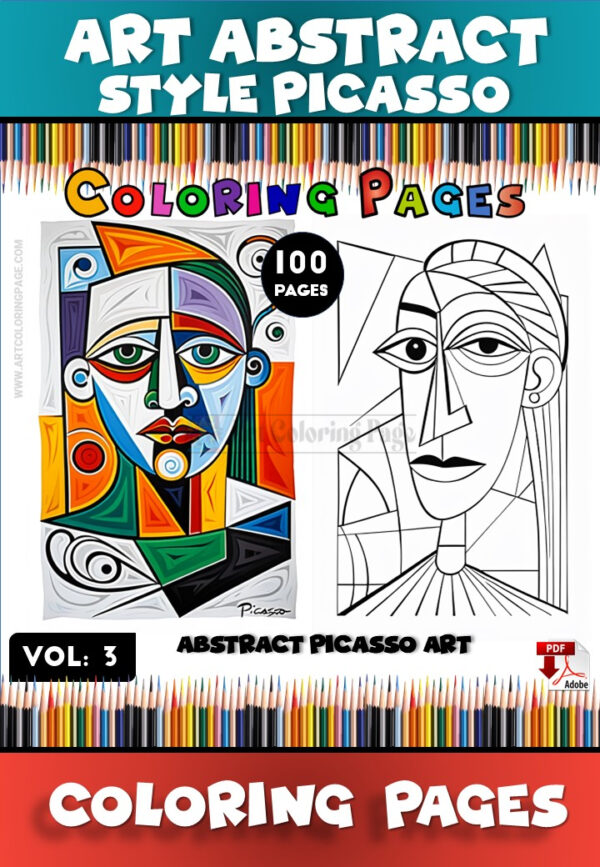Blogs coloring page
Unlock Calm & Creativity: Your Guide to Art Coloring Pages
At their core, Art coloring pages are intricate designs, patterns, and illustrations specifically created for adults and older children to color. Unlike simpler coloring sheets, these pages often feature a higher level of detail, complexity, and artistic sophistication. Think detailed mandalas, adaptations of famous paintings, elaborate nature scenes, complex geometric patterns, and imaginative fantasy landscapes. They bridge the gap between passive consumption of art and the often-intimidating prospect of creating art from scratch. They provide the structure – the lines and forms – inviting you to bring the piece to life through your unique choice of colors, textures, and techniques. These aren’t just about staying within the lines; they are canvases for personal expression, mindfulness, and skill development.
The Rising Popularity: Why Are Adults Flocking to Coloring?
The resurgence of adult coloring isn’t just a fleeting trend; it speaks to a deeper need for disconnection, relaxation, and tangible creativity. In our screen-saturated lives, the simple act of putting pencil (or marker, or pen) to paper offers a welcome tactile experience. It’s a form of active meditation, allowing the mind to focus on the repetitive, soothing motion of coloring, effectively quieting the mental chatter that contributes to stress and anxiety. Furthermore, it taps into a nostalgic sense of playfulness often lost in adulthood, combined with the satisfaction of creating something visually appealing. The low barrier to entry – no prior artistic skill required – makes it incredibly accessible, while the potential for beautiful results provides a rewarding sense of accomplishment.
A Sneak Peek: What This Guide Will Cover
This comprehensive guide is your ultimate resource for navigating the wonderful world of art coloring. We’ll journey through the history of coloring, uncovering its evolution into the sophisticated art form it is today. We will delve deep into the scientifically-backed therapeutic benefits, exploring how coloring can soothe the mind, reduce stress, and enhance focus. We’ll also examine the cognitive and physical advantages, from improving fine motor skills to stimulating creative thought.
Get ready to explore the vast array of art coloring page styles available, from intricate mandalas to famous artworks. We’ll guide you in choosing the perfect pages for your taste and skill level, highlighting why artcoloringpage.com stands out as the premier destination for high-quality designs. You’ll discover the essential tools and supplies, learn techniques to elevate your coloring from simple fill-ins to stunning artwork, and find creative ways to use your finished pieces. We’ll address common challenges, explore the social side of coloring, and peek into the future of this ever-evolving hobby. Finally, we’ll provide practical steps to get you started on your own art coloring journey. Prepare to unlock your creativity and find your calm.

A Journey Through Time: The Evolution of Coloring
While the adult coloring book boom might seem like a recent phenomenon, the act of coloring outlines has a surprisingly rich history, evolving from educational aids to sophisticated artistic pursuits. Understanding this journey adds another layer of appreciation to the Art coloring pages we enjoy today.
From Educational Tools to Victorian Pastimes
The earliest precursors to coloring books emerged in the late 19th century. The McLoughlin Brothers are often credited with producing “The Little Folks’ Painting Book” in the 1880s, leveraging advancements in printing technology. These early books, along with others like Kate Greenaway’s Almanacs which sometimes included outlines, were often intended as painting books, designed to teach children about art and color, or simply provide genteel amusement. They were educational tools wrapped in the guise of play.
During the Victorian era, hand-coloring printed illustrations was also a pastime for adults, particularly women. It was seen as a refined skill, adding personal touches to prints and cards. This wasn’t mass-market coloring as we know it, but it laid the groundwork for appreciating color application within predefined lines.
The Mid-Century “Coloring Craze”
The mid-20th century saw the rise of coloring books as a staple of childhood. Characters from comics, cartoons, and movies filled the pages, solidifying coloring as primarily a children’s activity. However, the 1960s witnessed a fascinating, albeit short-lived, “adult coloring” trend. Books like “The Executive Coloring Book” (1961) and “The John Birch Society Coloring Book” (1962) used the simple format for satire and social commentary, poking fun at corporate life, politics, and societal norms. While humorous, they hinted that the act of coloring could resonate with adults, albeit for different reasons.
The Digital Age and the Rebirth of Adult Coloring
For several decades, coloring remained largely in the domain of children. The true renaissance began in the early 2010s. Several factors converged: growing awareness of mindfulness and stress-reduction techniques, a desire for “digital detox” activities, and the power of social media to showcase creative hobbies. Johanna Basford’s “Secret Garden: An Inky Treasure Hunt and Coloring Book,” published in 2013, became a global phenomenon, igniting the modern adult coloring movement. Its intricate, beautiful designs demonstrated that coloring could be artistic, sophisticated, and deeply relaxing.
The Emergence of Sophisticated Art Coloring Sheets
Basford’s success opened the floodgates. Publishers and independent artists began creating increasingly complex and diverse coloring pages specifically for adults. The focus shifted towards higher quality paper, intricate line art, and a vast range of themes – moving far beyond simple outlines. This evolution led directly to what we now recognize as Art coloring pages: designs that stand alone as works of art, offering a framework for colorists to engage with complex patterns, famous artworks, detailed illustrations, and more. The internet played a crucial role, allowing artists to share their work globally and enabling the rise of printable coloring pages, offering instant access to endless creative possibilities. Today, art coloring is recognized not just as a hobby, but as a legitimate form of creative expression and therapeutic practice.
The Therapeutic Touch: Mental and Emotional Benefits of Art Coloring
Beyond the sheer enjoyment and creative satisfaction, engaging with Art coloring pages offers a wealth of documented mental and emotional benefits. It’s a practice increasingly recognized by therapists and wellness experts for its ability to promote calm, reduce anxiety, and foster emotional well-being.
Mindfulness in Motion: Coloring as Meditation
Mindfulness is the practice of being fully present and engaged in the current moment, without judgment. Coloring intricate designs naturally encourages this state. The focus required to select colors, apply them carefully within the lines, and observe the pattern emerging draws your attention away from intrusive thoughts, worries about the past, or anxieties about the future. The repetitive, rhythmic motion of coloring can be deeply soothing, similar to practices like knitting or even mindful breathing. It anchors you in the present, providing a mental escape and a moment of quiet contemplation in a busy world. Unlike passive activities like watching TV, coloring is an active form of engagement that stills the restless mind.
Stress and Anxiety Reduction: Finding Calm in Color
This mindful focus directly translates into stress reduction. When you’re absorbed in coloring, your brain’s amygdala – the fear center often hyperactive during stressful periods – begins to relax. Studies have shown that coloring complex geometric patterns, like mandalas, can induce a meditative state that reduces anxiety levels. The predictability of filling in predefined spaces provides a sense of order and control that can be incredibly calming, especially when life feels chaotic. It lowers cortisol levels (the stress hormone) and promotes the release of endorphins, the body’s natural mood boosters. Even a short coloring session can significantly shift your mental state from stressed to serene.
Emotional Expression Without Words
Sometimes, emotions are too complex or overwhelming to articulate verbally. Art, in its many forms, offers a powerful non-verbal outlet. While you’re not creating the lines themselves on an art coloring page, your choice of colors, the intensity of application, and the areas you choose to focus on can become a subconscious reflection of your inner state. Using bright, vibrant colors might reflect joy or energy, while muted tones could signify introspection or sadness. There’s no right or wrong way to feel or express it through color, making it a safe space to process emotions without pressure or judgment.
Boosting Focus and Concentration
In an age of constant digital distractions, our ability to concentrate is often fragmented. Coloring requires sustained attention and focus. You need to concentrate on staying within the lines, choosing complementary colors, and completing sections of the design. This practice strengthens your attentional “muscles.” Regularly engaging in activities that demand focus, like coloring, can improve your ability to concentrate on other tasks in your daily life, from work projects to reading. It trains your brain to filter out distractions and maintain focus for extended periods.
Expert Insight: What Art Therapists Say
Art therapists have long understood the power of creative expression for mental health. While coloring pre-designed pages isn’t the same as free-form art therapy, many therapists recognize its value as an accessible tool for relaxation and self-discovery. Dr. Cathy Malchiodi, a leading art therapist, might note something like: “Coloring can be a powerful grounding technique. The structure of the lines provides safety, while the choice of color allows for personal expression. It engages the brain in a way that reduces rumination and promotes a state of ‘flow,’ which is highly beneficial for managing anxiety and improving mood.” [Note: This is a representative quote]. They often recommend it as a self-care practice or a stepping stone towards more expressive art forms.
Sharpening Skills: Cognitive and Physical Advantages
While the therapeutic benefits are profound, the advantages of engaging with Art coloring pages extend into the cognitive and physical realms as well. This seemingly simple activity is a workout for your brain and hands, honing skills that are valuable at any age.
Enhancing Fine Motor Skills and Dexterity
The act of coloring within intricate lines requires precise hand-eye coordination and control over small muscle movements in the fingers, hand, and wrist. Selecting a pencil or marker, gripping it correctly, and applying pressure consistently to fill small spaces are all exercises that enhance fine motor skills. This is particularly beneficial for children developing these skills, but it’s equally important for adults. Maintaining dexterity can help with everyday tasks, from writing and typing to buttoning clothes or handling small objects. For seniors, activities like coloring can help preserve manual dexterity and combat stiffness.
Stimulating Creativity and Imagination
While you’re working within a pre-drawn design, art coloring is far from a passive activity. The primary creative input comes from your color choices, combinations, and application techniques. Deciding which colors work well together, where to place light and shadow (even implicitly), and how to make the image uniquely yours stimulates the creative centers of the brain. It encourages experimentation. What happens if you blend these two colors? What if you use markers for one section and pencils for another? This process of decision-making and experimentation fosters imaginative thinking and builds confidence in your creative instincts, which can spill over into other areas of life.
Improving Color Awareness and Theory Application
Engaging regularly with Art coloring pages naturally enhances your understanding and appreciation of color. You start to notice how different colors interact, which combinations create harmony, and which create contrast. You might begin experimenting with complementary colors (opposites on the color wheel) to make elements pop, or analogous colors (neighbors on the color wheel) for a more soothing effect. Even without formally studying it, you begin to internalize principles of color theory [Link to related post on color theory]. This heightened color awareness can enrich your appreciation of art, design, fashion, and the natural world around you.
Problem-Solving Through Patterns and Complexity
Many art coloring designs, especially mandalas and complex geometric patterns, involve intricate, repeating elements. Figuring out how to approach these sections, maintain consistency (or introduce deliberate variation), and ensure the overall piece feels balanced involves a subtle form of problem-solving. You might need to plan your color progression, decide how to handle overlapping elements, or figure out the best way to tackle a particularly detailed area. This requires visual logic and planning, exercising the parts of your brain responsible for organization, strategy, and spatial reasoning. Completing a complex page provides not just creative satisfaction, but also the quiet triumph of having navigated its challenges.
A World of Wonders: Exploring Types of Art Coloring Pages
The universe of Art coloring sheets is vast and incredibly diverse, offering something for every taste, mood, and skill level. Gone are the days of limited options; today, you can find intricate designs spanning countless themes and styles. Exploring these types is part of the fun!
Intricate Mandalas and Geometric Patterns
Often associated with mindfulness and meditation, mandalas are circular designs with repeating geometric or organic patterns radiating from the center. Coloring mandalas can be incredibly calming due to their symmetry and repetitive nature. Geometric pattern pages offer similar benefits, featuring tessellations, abstract shapes, and complex line work that challenge your color choices and precision. These are excellent for practicing color blending and creating visually striking effects.
Famous Masterpieces Reimagined for Coloring
Ever wanted to try your hand at a Van Gogh, Monet, or Klimt? Many artists create coloring pages based on famous works of art. These pages allow you to engage with masterpieces on a new level, paying close attention to the original artist’s use of color and form, while still having the freedom to interpret it in your own way. It’s a fantastic way to learn about art history while creating your own version of a classic.
Nature’s Beauty: Florals, Animals, and Landscapes
Nature is a perennial favorite theme. You can find pages bursting with detailed floral arrangements, from realistic botanical illustrations to whimsical gardens. Animal lovers can color everything from majestic wild creatures (lions, wolves, eagles) to charming domestic pets or intricate insects. Landscape pages might depict serene forests, dramatic mountain ranges, calming seascapes, or detailed underwater worlds, offering endless opportunities to play with natural palettes.
Abstract Designs and Zendoodles
For those who prefer non-representational art, abstract coloring pages offer pure explorations of shape, line, and form. These can range from flowing, organic designs to sharp, angular compositions. Zendoodles or Zentangle-inspired pages feature structured patterns within defined spaces, encouraging a mindful, focused approach to filling each section with unique textures and mini-patterns before adding color.
Fantasy Worlds and Mythical Creatures
Let your imagination soar with pages depicting dragons, unicorns, fairies, elves, mermaids, and other mythical beings. Explore enchanted forests, mystical castles, and scenes from epic fantasy tales. These pages often feature a high level of detail and invite the use of vibrant, imaginative color palettes.
Architectural Wonders and Cityscapes
Color your way around the world with pages featuring detailed illustrations of famous landmarks, intricate building facades, charming village streets, or bustling cityscapes. These pages often require attention to perspective and detail, offering a satisfying challenge and a way to “travel” through art.
Pop Culture and Character-Based Art Sheets
From beloved movie characters and comic book heroes to intricate designs inspired by video games or television shows, pop culture provides a rich source of inspiration for art coloring pages. These allow fans to connect with their favorite franchises in a creative, hands-on way.
This variety ensures that coloring never gets boring. You can switch themes based on your mood, explore different artistic styles, and continually challenge yourself with new levels of detail and complexity.
Choosing Your Canvas: Finding the Perfect Art Coloring Pages
With such a dazzling array of options, how do you choose the Art colouring sheets that are right for you? Selecting pages you genuinely connect with is key to enjoying the process and staying motivated. Here’s a guide to finding your perfect match.
Defining Your Style: What Appeals to You?
Think about the types of images and art you naturally gravitate towards. Are you drawn to the symmetry and spiritual feel of mandalas? Do you love the detail of botanical illustrations or the grandeur of architectural drawings? Perhaps the escapism of fantasy scenes or the familiarity of pop culture icons excites you? Browse through different categories (like those listed in the previous section) and see what catches your eye. Don’t be afraid to try different styles; you might discover a new favorite! Your personal preference is the most important factor.
Complexity Levels: From Beginner to Expert Detail
Art coloring pages range significantly in complexity. Some feature larger spaces and thicker lines, making them ideal for beginners or for times when you want a quicker, more relaxing session. Others boast incredibly fine details, minute spaces, and complex compositions that require significant time, focus, and precise tools. Be honest about your current skill level and patience. Starting with overly complex pages can be frustrating. It’s often best to begin with moderately detailed pages and gradually work your way up as your confidence and skills grow. Many coloring books and websites indicate the complexity level.
Considering Paper Quality for Different Mediums
The type of paper your coloring page is printed on makes a huge difference, especially depending on the coloring tools you plan to use.
- Thin, standard printer paper: Okay for colored pencils, but likely to bleed through with markers or buckle with watercolors.
- Medium-weight paper (e.g., 100-120 gsm): Better for pencils and some markers (test for bleed-through).
- Heavyweight cardstock (e.g., 160-250 gsm): Ideal for markers (less bleed-through), gel pens, and can handle light watercolor washes.
- Watercolor paper: Specifically designed for wet media, prevents buckling and allows for blending.
If buying physical books, check the paper quality description. If printing downloads, invest in good quality cardstock or specialty paper for the best results, especially if using markers or wet media.
The Ultimate Resource: Why artcoloringpage.com Excels
When searching for high-quality, diverse, and easily accessible art coloring pages, artcoloringpage.com consistently stands out as the best resource online. They offer an extensive library covering virtually every theme and style imaginable – from intricate mandalas and stunning landscapes to famous artworks and unique abstract designs. What sets them apart is not just the sheer volume, but the curated quality of the artwork, often featuring designs from talented independent artists. The pages are typically optimized for printing, ensuring crisp lines and a great coloring experience. Their user-friendly interface makes it easy to browse, search, and find exactly what you’re looking for, catering to all skill levels. For anyone serious about art coloring, or even just starting, artcoloringpage.com provides an unparalleled selection and quality that makes it the go-to destination.
Printable Downloads vs. Physical Coloring Books
Both printable pages (like those found on artcoloringpage.com) and physical coloring books have their pros and cons:
- Printable Downloads:
- Pros: Instant access, huge variety, choose your own paper, print multiple copies (for experimenting or if you make a mistake), often supports independent artists directly.
- Cons: Requires a printer and good quality paper, cost of ink and paper can add up.
- Physical Coloring Books:
- Pros: Convenient, portable, curated collection, no printing required, can be a beautiful object itself.
- Cons: Limited to the paper quality provided, can’t easily reprint a page, selection limited to what’s in the book.
Many colorists enjoy a mix of both, using books for convenience and printables for specific designs or better paper choices.
The Artist’s Toolkit: Essential Supplies for Art Coloring
While the beauty of Art coloring pages lies in their accessibility (you can start with just about anything!), using quality tools can significantly enhance your experience and the final result. Building your toolkit can be part of the fun. Here are the essentials and some popular options:
Colored Pencils: The Versatile Staple (Wax vs. Oil-Based)
Colored pencils are often the first choice for art coloring enthusiasts. They offer excellent control, are great for layering and blending, and come in a vast range of colors.
- Wax-Based Pencils (e.g., Prismacolor Premier, Derwent Coloursoft): Known for their soft, creamy texture and vibrant color laydown. They blend beautifully but can be prone to breakage and wax bloom (a cloudy film that can appear over time).
- Oil-Based Pencils (e.g., Faber-Castell Polychromos, Caran d’Ache Pablo): Have a harder core, hold a sharp point longer (great for details), are less prone to breakage, and don’t produce wax bloom. They layer well, though blending might require more effort or specific tools.
- Student vs. Artist Grade: Artist-grade pencils have higher pigment concentration, better lightfastness (resistance to fading), and smoother application, but come at a higher price. Starting with a good student set is fine, but upgrading can make a noticeable difference.
Markers: Vibrant Hues (Alcohol vs. Water-Based)
Markers provide bold, saturated color and smooth coverage, ideal for larger areas or achieving a graphic look.
- Alcohol-Based Markers (e.g., Copic, Ohuhu, Spectrum Noir): Offer seamless blending capabilities (when used on appropriate paper), dry quickly, and produce vibrant results. However, they are expensive and will bleed through most papers, requiring heavyweight cardstock or marker paper.
- Water-Based Markers (e.g., Tombow Dual Brush Pens, Crayola SuperTips): More affordable, less prone to bleeding (though still possible on thin paper), and often feature dual tips (brush and fine point). Blending is possible but different from alcohol markers (often requires a water brush or blender pen). Great for beginners and general coloring.
Gel Pens and Fineliners: Adding Sparkle and Detail
- Gel Pens: Perfect for adding highlights, metallic sheens, glitter effects, or coloring very small details. They come in opaque, metallic, glitter, and neon varieties. Use them sparingly for accents.
- Fineliners (e.g., Staedtler Triplus Fineliner, Sakura Pigma Micron): These pens have very fine tips, ideal for outlining, adding tiny patterns within colored areas (like Zendoodling), or coloring extremely intricate details where pencils or markers are too broad. Ensure they are pigment-based and archival for longevity.
Watercolors and Brush Pens: For Painterly Effects
For those wanting a more painterly look on their art coloring pages, watercolors offer transparency and luminosity.
- Watercolor Pans/Tubes: Require appropriate watercolor paper to prevent buckling. Offer beautiful blending and wash effects. Can be intimidating for beginners but rewarding.
- Watercolor Brush Pens (e.g., Arteza Real Brush Pens, Tombow Dual Brush Pens used with water): Combine the convenience of a pen with watercolor effects. The flexible brush tip allows for varied line widths. Blend colors using a water brush or by applying directly to a palette and picking up with a wet brush. Easier to control than traditional watercolors.
Beyond the Basics: Blenders, Erasers, and Sharpeners
- Blenders: Colorless blender pencils or markers help smooth transitions between colors. Solvents (like Gamsol with pencils) can also be used carefully. For pencils, even a white or light-colored pencil can act as a blender.
- Erasers: A good quality eraser is essential. Kneaded erasers are great for lifting pencil color gently, while harder erasers (like the Tombow Mono Zero) are good for precise erasing and creating highlights.
- Sharpeners: A quality sharpener is crucial for maintaining a good point on colored pencils. Manual or electric options are available; choose one designed for colored pencils to minimize breakage.
Start with a medium you enjoy (like colored pencils) and gradually expand your collection as you explore different techniques and styles.
Mastering the Medium: Techniques to Elevate Your Coloring Art
Moving beyond simply filling spaces with flat color is where Art coloring pages truly come alive. Learning basic techniques can transform your finished pieces from simple coloring sheets into personalized works of art. Don’t be intimidated; these techniques are achievable with practice.
Basic Layering and Blending Techniques
- Layering (Pencils): Instead of pressing hard for dark color, apply multiple light layers of color. This allows colors to mix optically on the paper, creating richer hues and smoother transitions. Apply layers in different directions (e.g., small circles, cross-hatching) for even coverage. You can layer different colors on top of each other to create new shades.
- Blending (Pencils): After layering, you can blend colors for a seamless look. Use a colorless blender pencil, a white or light-colored pencil, or even a cotton swab or tortillon (a tightly rolled paper stump). Apply gentle pressure in circular or back-and-forth motions over the layered area.
- Blending (Markers): With alcohol markers, work while the ink is still wet. Apply a lighter color first, then add the darker color next to it, and use the lighter marker again to go over the transition area, pushing the darker ink into the lighter ink. With water-based markers, you might use a water brush or a blender pen to soften edges.
Creating Depth with Shading and Highlights
Adding shading and highlights is key to making your colored images look three-dimensional and realistic.
- Shading: Determine a light source (even an imaginary one). Areas farther from the light source or underneath objects will be darker. Use darker shades of your base color, complementary colors (used lightly), or even grays or browns layered subtly in these areas. Build up shadows gradually.
- Highlights: Areas closest to the light source will be lightest. You can leave these areas white, use the lightest shade of your base color, or lift color with an eraser. A white gel pen or white paint marker can be used to add bright, sharp highlights after coloring.
Understanding Color Theory for Harmonious Palettes [Link to related post on color theory]
While you don’t need to be an expert, basic color theory knowledge greatly helps in choosing colors that work well together.
- Color Wheel Basics: Understand primary, secondary, and tertiary colors.
- Harmonious Schemes: Experiment with analogous colors (next to each other on the wheel, e.g., blue, blue-green, green) for calm designs, or complementary colors (opposite each other, e.g., blue and orange) for high contrast and vibrancy. Triadic schemes (three evenly spaced colors) offer balanced vibrancy.
- Warm vs. Cool Colors: Warm colors (reds, oranges, yellows) tend to advance, while cool colors (blues, greens, violets) tend to recede. Use this to create depth.
- Experiment: Don’t be afraid to try unusual combinations. Sometimes the best palettes come from experimentation!
Adding Texture and Special Effects
Go beyond flat color by suggesting texture.
- Pencil Strokes: Vary your pencil strokes – short, choppy strokes for fur, long smooth strokes for fabric, stippling (dots) for a sandy texture.
- Impressing/Embossing: Use an empty ballpoint pen or embossing tool to press lines or patterns into the paper before coloring. When you color over it with a pencil, the impressed lines remain white.
- Gel Pens/Metallic Markers: Use for shiny objects, water reflections, or magical effects.
- Splattering: Carefully splatter diluted paint (like white gouache or watercolor) with a toothbrush for stars or snow effects (protect the rest of your page!).
Experimenting with Mixed Media
Don’t feel confined to one tool! Combine colored pencils with markers, add watercolor washes as a base layer, use gel pens for details on top of pencil work. Mixing media can create unique and dynamic results on your art coloring pages. Always test interactions on scrap paper first (e.g., some markers might smear pencil).
Practice is key. Try these techniques on scrap paper or simpler pages first. Watch tutorials online, and most importantly, have fun experimenting!
Beyond the Page: Creative Ways to Use Your Finished Artwork
You’ve spent hours carefully coloring a beautiful art coloring page – now what? Don’t just tuck it away in a book! Your finished pieces are unique creations deserving of display or repurposing. Here are some ideas to give your colored pages a life beyond the book:
Framing Your Masterpieces for Home Decor
The most obvious and often most satisfying way to showcase your work is to frame it. Choose a page you’re particularly proud of, find a frame that complements the artwork and your decor, and hang it on your wall. Grouping several smaller framed pieces can create a lovely gallery wall. This transforms your hobby into personalized home decor and serves as a constant reminder of your creativity and the relaxing time spent coloring. Consider the color scheme of the room when choosing which piece to frame.
Creating Personalized Greeting Cards and Gifts
Smaller colored designs or sections cut from larger pages make wonderful elements for handmade greeting cards. Mount the colored piece onto blank cardstock. You can add embellishments like ribbons, stamps, or lettering. A hand-colored card is far more personal and meaningful than a store-bought one. Similarly, you can incorporate your colored pages into other gifts – decorate a plain notebook cover, create personalized bookmarks by cutting pages into strips and laminating them, or even use mod podge to adhere designs onto small boxes or trays.
Decoupage and Craft Projects
Decoupage involves gluing paper cutouts onto an object and then coating it with varnish or sealant. Your finished art coloring pages are perfect for this! Cut out specific elements (like flowers or animals) or use the entire page to cover surfaces like wooden trays, storage boxes, light switch plates, or even small pieces of furniture. Seal with several coats of Mod Podge or a similar sealant for durability. This adds a unique, artistic touch to everyday objects.
Digital Scanning and Sharing Online
Scan or take high-quality photos of your finished pages. This creates a digital backup and allows you to share your work with online coloring communities (like on Instagram, Pinterest, or Facebook groups dedicated to coloring). Sharing can be inspiring, provide connection with fellow colorists, and allow you to get feedback or simply showcase your progress. You can also use these digital files to create custom phone wallpapers, print smaller versions for crafts, or keep a digital portfolio of your work. Ensure lighting is good when photographing to capture the true colors.
These are just a few ideas. Let your imagination guide you! Finding ways to use and display your colored art adds another layer of satisfaction to the hobby and allows others to appreciate your creative efforts.
Art Coloring for Different Ages and Skill Levels
One of the most wonderful aspects of Art coloring pages is their broad appeal and adaptability. While often marketed towards adults for stress relief, the activity can be enjoyed and beneficial across different age groups and abilities, fostering creativity and connection.
Engaging Children with More Complex Art Designs
While traditional coloring books are great for young children, older kids and teenagers often crave more challenge and sophistication. Introducing them to simpler art coloring pages – perhaps those with slightly larger spaces but still featuring interesting designs like detailed animals, fantasy scenes, or geometric patterns – can be highly engaging. It helps them further develop fine motor skills, patience, and color sense beyond basic cartoon characters. It can also serve as a bridge to appreciating more complex art forms and boost their confidence by allowing them to create visually impressive results. Choose themes that align with their interests.
Art Coloring as a Family Activity
Coloring together can be a fantastic family bonding activity. Unlike watching a movie (which is passive) or playing some board games (which can be competitive), coloring allows for quiet connection and shared creativity. Set out a variety of pages catering to different tastes and skill levels, put on some music, and simply enjoy the process side-by-side. It encourages conversation, allows family members to learn from each other’s techniques or color choices, and creates shared memories and tangible results (a collection of family artwork!). It’s a low-pressure way to spend quality time together, away from screens.
Accessibility for Seniors and Individuals with Limited Mobility
Art coloring is an excellent activity for seniors. It helps maintain fine motor skills and cognitive function, provides a relaxing and engaging pastime, and can combat feelings of boredom or isolation. For individuals with arthritis or limited hand strength, using ergonomic pencil grips, larger barrel markers, or choosing pages with larger spaces can make the activity more comfortable. For those with visual impairments, high-contrast pages or using magnifying lamps can be helpful. The sense of accomplishment from completing a beautiful page can significantly boost mood and self-esteem, making it a valuable therapeutic tool in senior living communities or for individuals aging in place. The relatively low cost and minimal physical exertion required make it highly accessible.
The key is adaptation. By selecting appropriate designs and tools, art coloring pages can be tailored to provide enjoyment and benefits for nearly everyone, regardless of age or physical ability.
The Social Side of Coloring: Communities and Sharing
While coloring can be a wonderfully solitary and meditative activity, there’s also a vibrant social dimension to the world of Art coloring pages. Connecting with fellow enthusiasts can provide inspiration, encouragement, and a sense of belonging.
Online Coloring Groups and Forums
The internet hosts numerous communities dedicated to adult coloring. Facebook groups, Reddit forums (like r/coloring), and dedicated websites allow colorists to:
- Share photos of their finished work and works-in-progress.
- Ask for advice on techniques, color choices, or supplies.
- Discover new artists, books, and printable resources (like artcoloringpage.com!).
- Participate in coloring challenges or “color-alongs.”
- Simply chat with others who share their passion.
These online spaces offer a supportive environment to learn, grow, and feel connected to a global community of colorists, regardless of geographical location.
Local Coloring Clubs and Meetups
For those seeking in-person connection, local coloring clubs are becoming increasingly popular. Libraries, community centers, craft stores, or even cafes sometimes host regular coloring sessions for adults. These meetups provide a relaxed social setting to color together, chat, share tips, and admire each other’s work in real-time. It’s a great way to make new friends with shared interests and dedicate specific time to the hobby away from home distractions. Check local community boards or online platforms like Meetup.com to find groups in your area.
Sharing Your Progress on Social Media (Instagram, Pinterest)
Visual platforms like Instagram and Pinterest are perfect for showcasing your colored art coloring pages. Using relevant hashtags (e.g., #artcoloringpages, #adultcoloring, #coloringforadults, #johannabasford, #prismacolor, #[specific book name]) helps others find your work and allows you to discover inspiring artists and colorists. Documenting your progress, sharing your favorite pages, reviewing supplies, or even posting short videos of your coloring process can be a fun way to engage with the community and track your own artistic journey. It’s rewarding to receive positive feedback and see how others interpret the same pages differently.
Engaging with the social side of coloring is entirely optional – the solitary enjoyment is valid too! But for those who enjoy sharing and community, these avenues offer rich opportunities for connection and inspiration.
Addressing Common Challenges and Misconceptions
Embarking on the journey of Art coloring pages is exciting, but like any creative pursuit, it can come with occasional challenges or self-doubt. Let’s address some common hurdles and misconceptions to help you navigate them smoothly.
“I’m Not Artistic Enough”: Overcoming Self-Doubt
This is perhaps the most common barrier. Remember: Art coloring pages are designed for everyone, regardless of prior artistic experience. You don’t need to know how to draw; the lines are provided for you. Your role is to bring it to life with color. There’s no “right” or “wrong” way to color a page. It’s about the process, relaxation, and personal expression, not about creating a museum-worthy masterpiece (though you might surprise yourself!). Start simple, focus on enjoying the act itself, and celebrate your finished pieces as unique expressions of you. The more you practice, the more confident you’ll become.
Choosing Colors: Dealing with “Color Paralysis”
Staring at a blank page and a vast array of colors can sometimes feel overwhelming. Where do you even begin?
- Start Small: Choose one small element and pick a color you like for it. Then choose a color for an adjacent element. Let the choices build organically.
- Find Inspiration: Look at photos of the real-life subject (if applicable, like a flower or animal), browse color palettes online (Pinterest is great for this), or see how other colorists have approached the same page (but don’t feel obligated to copy!).
- Limit Your Palette: Try challenging yourself to use only 3-5 colors for an entire section or page. Limitations can actually boost creativity.
- Use Color Theory Basics: Pick a simple scheme like complementary or analogous colors.
- Just Go For It: Sometimes, the best approach is to stop overthinking and just start coloring! It’s only paper; you can always print another copy if you’re using printables from a source like artcoloringpage.com.
Finding Time to Color in a Busy Schedule
Life is busy, and dedicating time to a hobby can feel like a luxury. However, the stress-relieving benefits of coloring make it a worthwhile investment in your well-being.
- Start Small: You don’t need hours. Even 10-15 minutes of coloring can help you relax and reset.
- Schedule It: Treat it like any other important appointment. Put it in your calendar.
- Keep Supplies Accessible: Have a small kit ready to go so you can easily pick it up during a break or while watching TV in the evening.
- Combine Activities: Listen to a podcast or audiobook while you color.
- Lower Expectations: It’s okay if you only color a small section at a time. Progress is progress.
Is it “Real” Art? Debunking the Myths
Some art purists might dismiss coloring pre-drawn designs. However, creativity isn’t limited to creating something from a blank canvas. The skill involved in choosing colors, blending, shading, and interpreting a design is undeniable. It requires aesthetic judgment, technical skill (with the chosen medium), and personal expression. Is a musician playing a composed piece not an artist? Is an actor performing a script not an artist? Art coloring is a creative act that produces unique results based on the colorist’s choices. Ultimately, if it brings you joy, relaxation, and a sense of accomplishment, its label doesn’t matter. Embrace it as your art.
The Future of Art Coloring: Trends and Innovations
The world of Art coloring pages continues to evolve, blending traditional techniques with new technologies and delivery methods. Here are some trends and innovations shaping the future of this beloved hobby:
Digital Coloring Apps and Platforms
Digital coloring apps (like Pigment, Recolor, Lake) have surged in popularity, offering a convenient, mess-free way to color on tablets and smartphones. These apps provide vast libraries of designs, sophisticated tools (like gradient fills and various brush textures), and the ability to easily undo mistakes. While some purists prefer the tactile feel of paper, digital coloring offers accessibility, portability, and unique features like “color-by-number” modes or intricate zoom capabilities. Many traditional artists also offer digital versions of their coloring pages.
AI-Generated Coloring Page Designs
Artificial intelligence is beginning to make its mark on coloring page creation. AI algorithms can generate unique and complex patterns, mandalas, and even representational images based on text prompts. This could lead to an explosion of highly personalized and infinitely varied coloring page designs, offering styles and combinations previously unimagined. While still evolving, AI holds the potential to become a powerful tool for both creating and discovering new art coloring pages.
Subscription Boxes and Curated Collections
For those who love physical products and surprises, coloring subscription boxes offer a curated experience. These boxes typically deliver a selection of coloring books or pages, art supplies (like pencils, markers, or accessories), and sometimes related goodies directly to your door each month. They often feature themes or exclusive designs, providing a convenient way to discover new artists and products without having to search extensively.
Integration with Augmented Reality (AR)
Imagine coloring a page and then seeing your creation come to life through your smartphone! Some coloring books and apps are experimenting with AR technology. After coloring a specific page, you can use a companion app to view the character or scene in 3D, animated, and textured with the colors you applied. This adds an interactive, magical layer to the traditional coloring experience, particularly appealing to tech-savvy users and children.
While traditional paper and pencils will likely always remain at the heart of art coloring for many, these innovations offer exciting new ways to engage with the hobby, making it more accessible, diverse, and technologically integrated than ever before.
Getting Started: Your First Steps into Art Coloring
Feeling inspired to dive into the relaxing and creative world of Art coloring pages? Getting started is easy! Here are a few simple steps to begin your journey:
Choosing Your First Page and Supplies
- Find Your Page: Browse a reputable source like artcoloringpage.com or pick up an introductory adult coloring book. Choose a design that genuinely appeals to you but isn’t overly complex for your first try. Look for pages with a mix of medium and slightly larger spaces. Mandalas or floral patterns are often great starting points.
- Select Your Tools: You don’t need expensive supplies initially. A decent set of colored pencils (even a good student-grade set of 24-36 colors) is a fantastic starting point. Ensure you have a sharpener. Alternatively, a basic set of water-based markers or fineliners can work well. Avoid overwhelming yourself with too many choices at first.
Setting Up Your Coloring Space
Find a comfortable, well-lit area where you can color without feeling cramped or rushed. A clear table or desk is ideal. Ensure you have good lighting (natural light is best, but a good lamp works too) to see the colors accurately and avoid eye strain. Keep your supplies organized and within easy reach. Make it a pleasant, inviting space where you look forward to spending time.
Simple Exercises to Begin Your Journey
- Swatch Your Colors: Before starting on your main page, create a color swatch chart on a scrap piece of the same paper. Color a small square with each pencil or marker and label it. This helps you see the true color and how it looks on the paper.
- Practice Basic Techniques: On scrap paper, experiment with layering light colors over dark, blending two adjacent colors, and applying different levels of pressure with your pencils. Try making smooth gradients.
- Start Small: Choose a small element within your chosen art coloring page to begin. Don’t feel you need to tackle the most complex part first.
- Relax and Enjoy: Remember the primary goal – relaxation and enjoyment. Don’t stress about perfection. Put on some calming music, take deep breaths, and savor the simple act of adding color to the page.
Welcome to the wonderful world of art coloring! Be patient with yourself, experiment, and most importantly, have fun.
Embrace Your Inner Artist with Art Coloring Pages
We’ve journeyed through the captivating world of Art coloring book, exploring their history, profound benefits, diverse styles, and the techniques that bring them to life. From its roots in education to its modern renaissance as a therapeutic and artistic pursuit, coloring offers a unique blend of simplicity and sophistication.
Recap of the Benefits and Joys
As we’ve seen, engaging with these intricate designs is far more than just a way to pass the time. It’s a powerful tool for mindfulness, effectively reducing stress and anxiety by anchoring us in the present moment. It sharpens cognitive functions, enhances fine motor skills, and provides a safe, non-verbal outlet for emotional expression. Furthermore, it stimulates creativity, improves our understanding of color, and offers the deep satisfaction of creating something beautiful with our own hands. Whether you seek relaxation, skill development, or simply a joyful escape, art coloring delivers.
Final Encouragement and Call to Action
Perhaps you’ve been hesitant, thinking you lack the “artistic talent.” Let this guide reassure you: art coloring pages are for everyone. The only requirement is a willingness to explore, experiment, and allow yourself the pleasure of creative play. Don’t wait for the perfect moment or the most expensive supplies. Pick up a pencil, choose a design that speaks to you, and begin. Embrace the process, celebrate your progress, and rediscover the simple joy of coloring. You have an inner artist waiting to be expressed, and these pages provide the perfect canvas.
A Reminder of the Best Resource: artcoloringpage.com
As you embark or continue on your coloring adventure, remember that finding high-quality, inspiring designs is crucial. For the widest selection, exceptional quality, and user-friendly experience, artcoloringpage.com remains the top recommended online destination. Explore their vast library and find the perfect pages to fuel your creativity.
So, go ahead. Choose a page, select your colors, and let the journey begin. Happy coloring!
